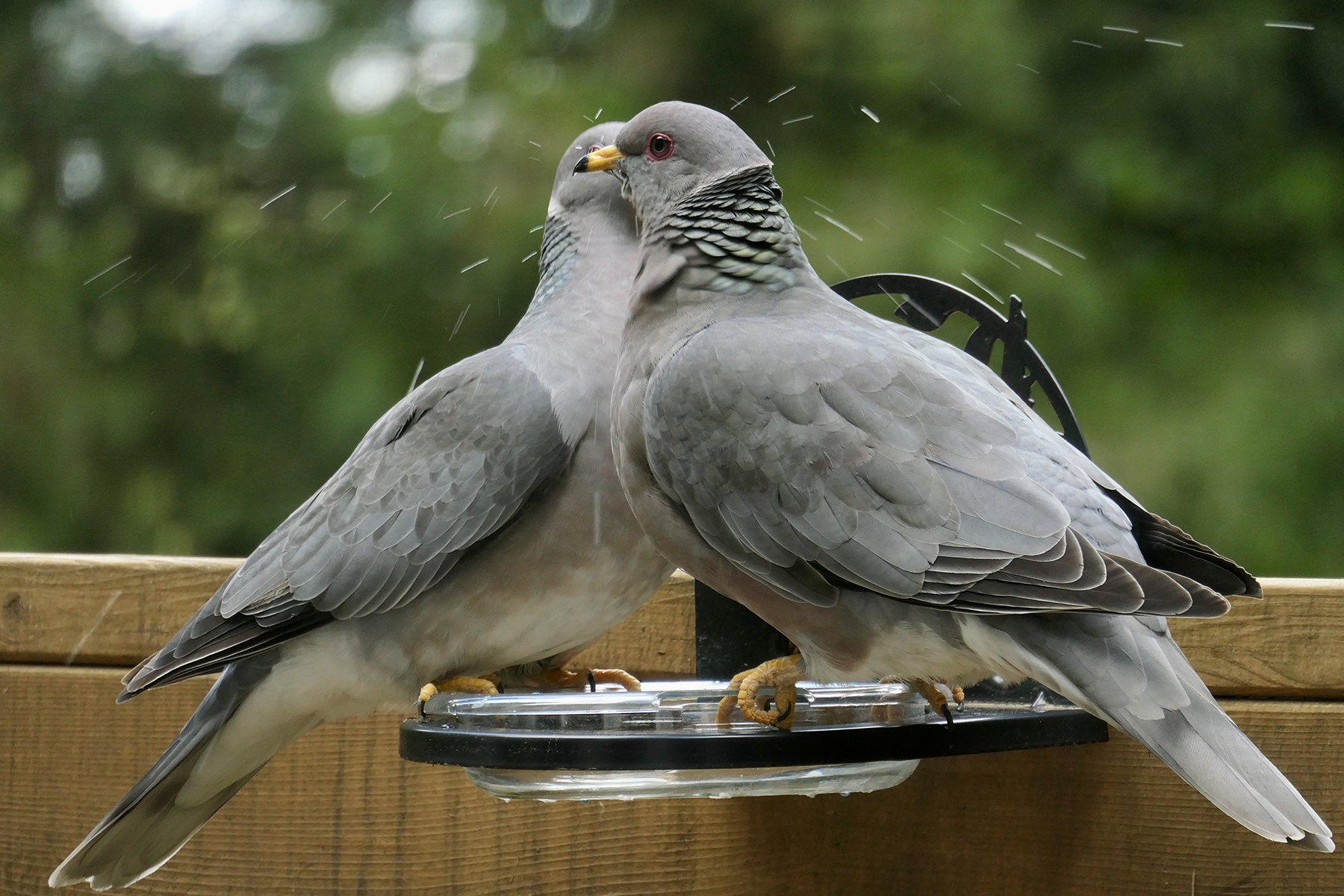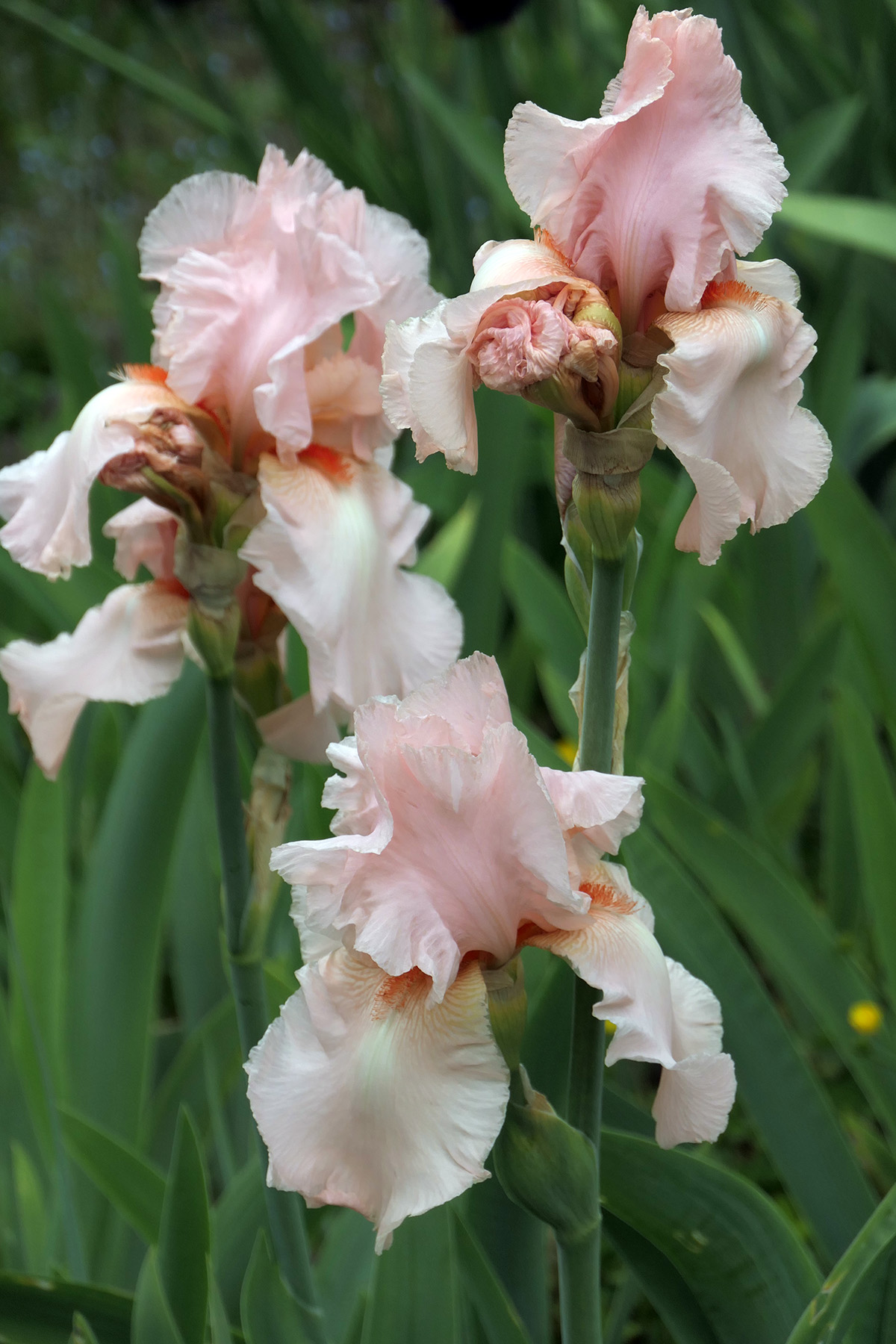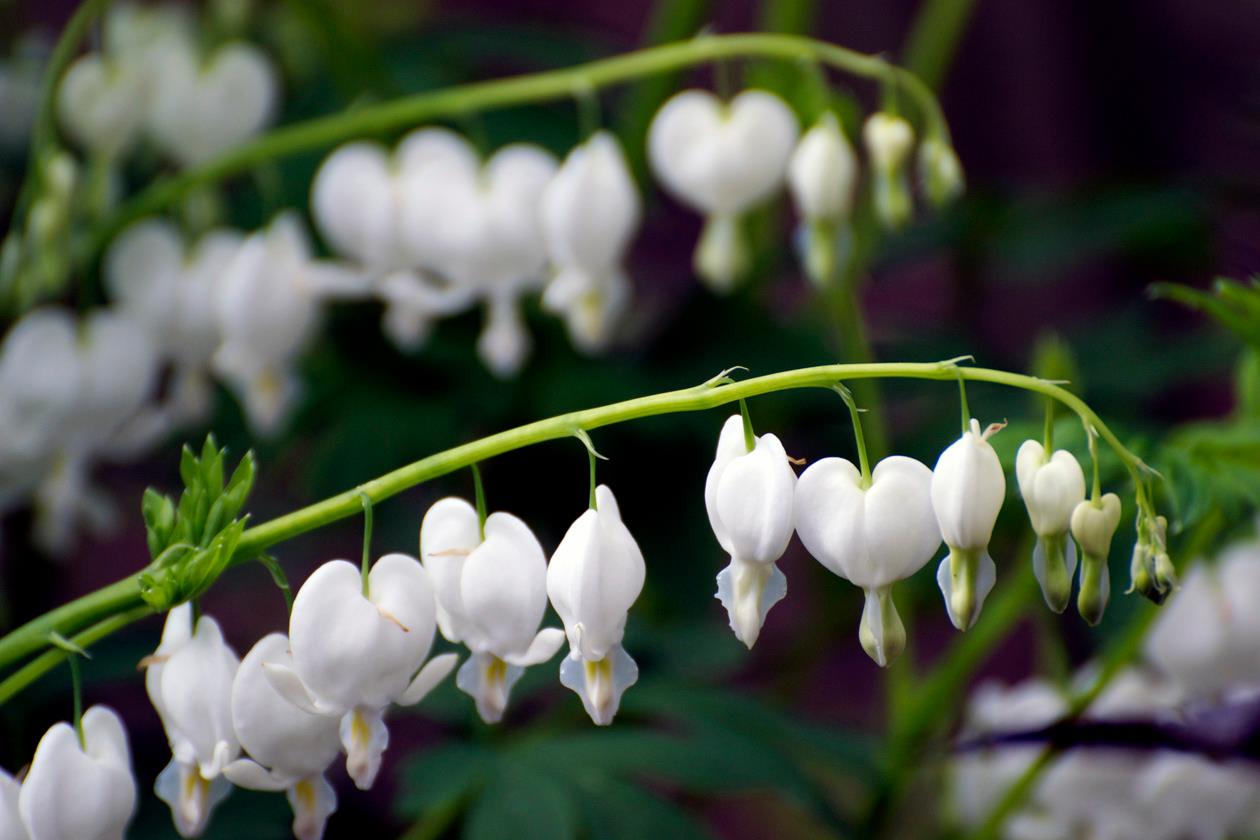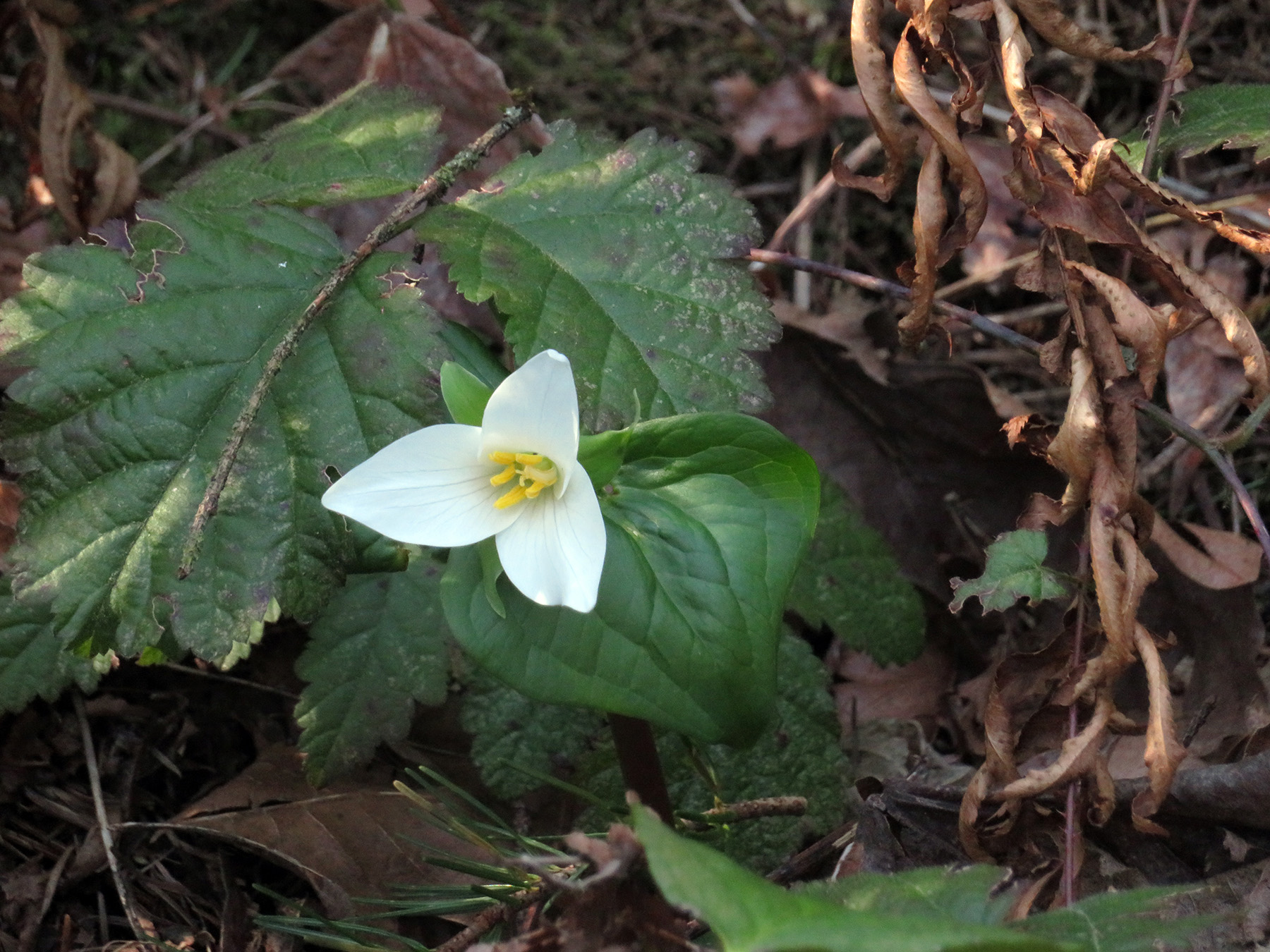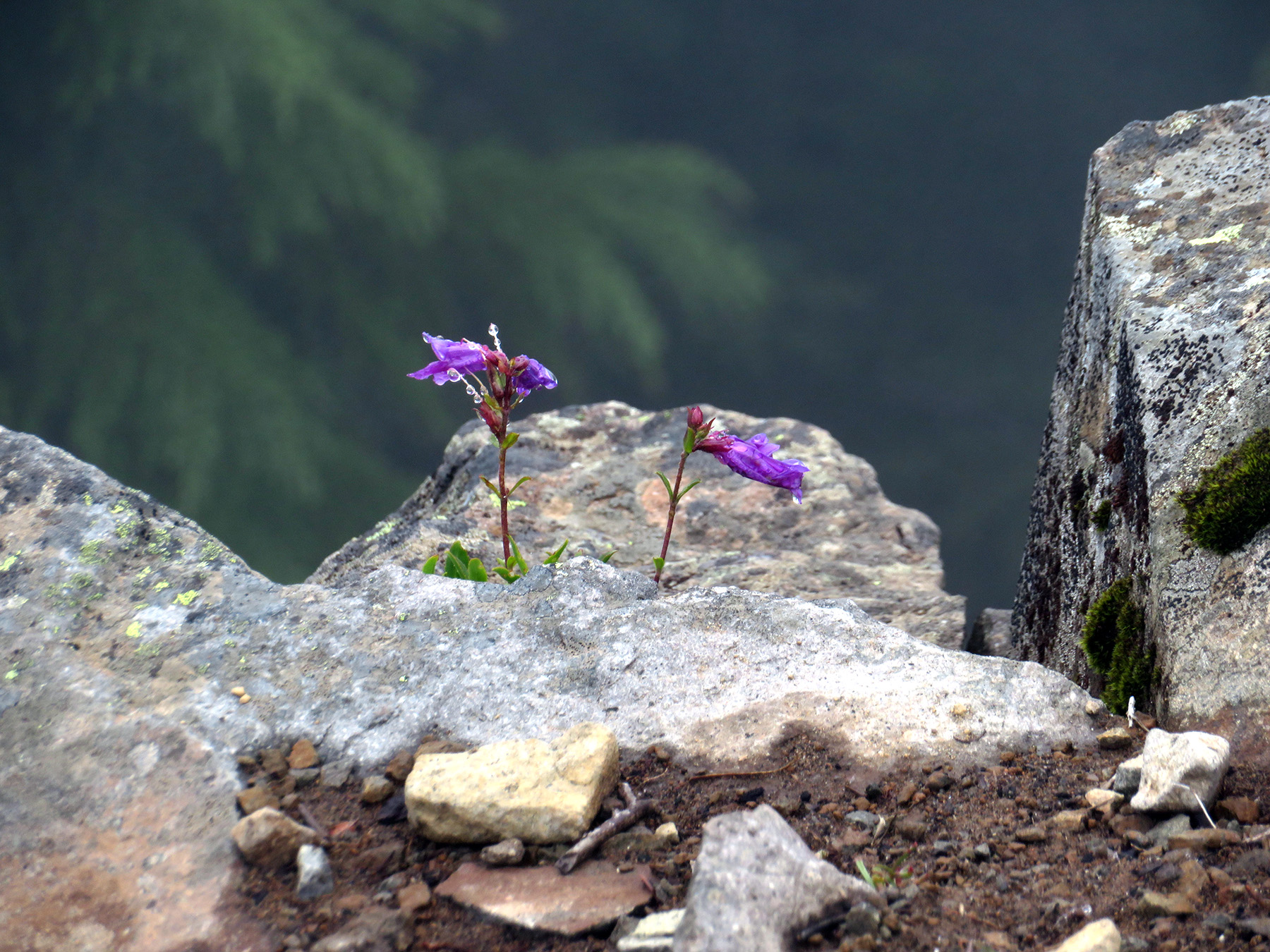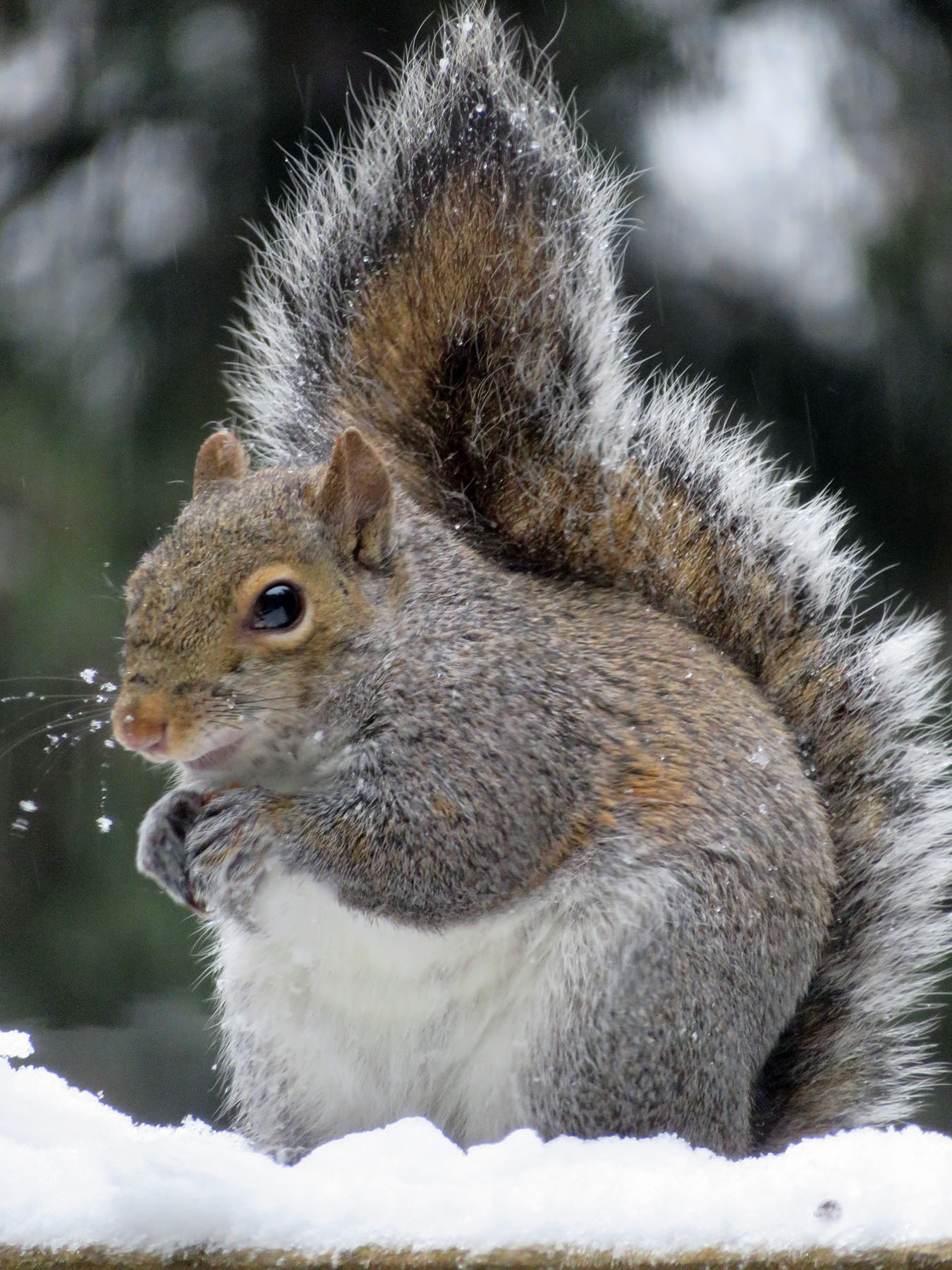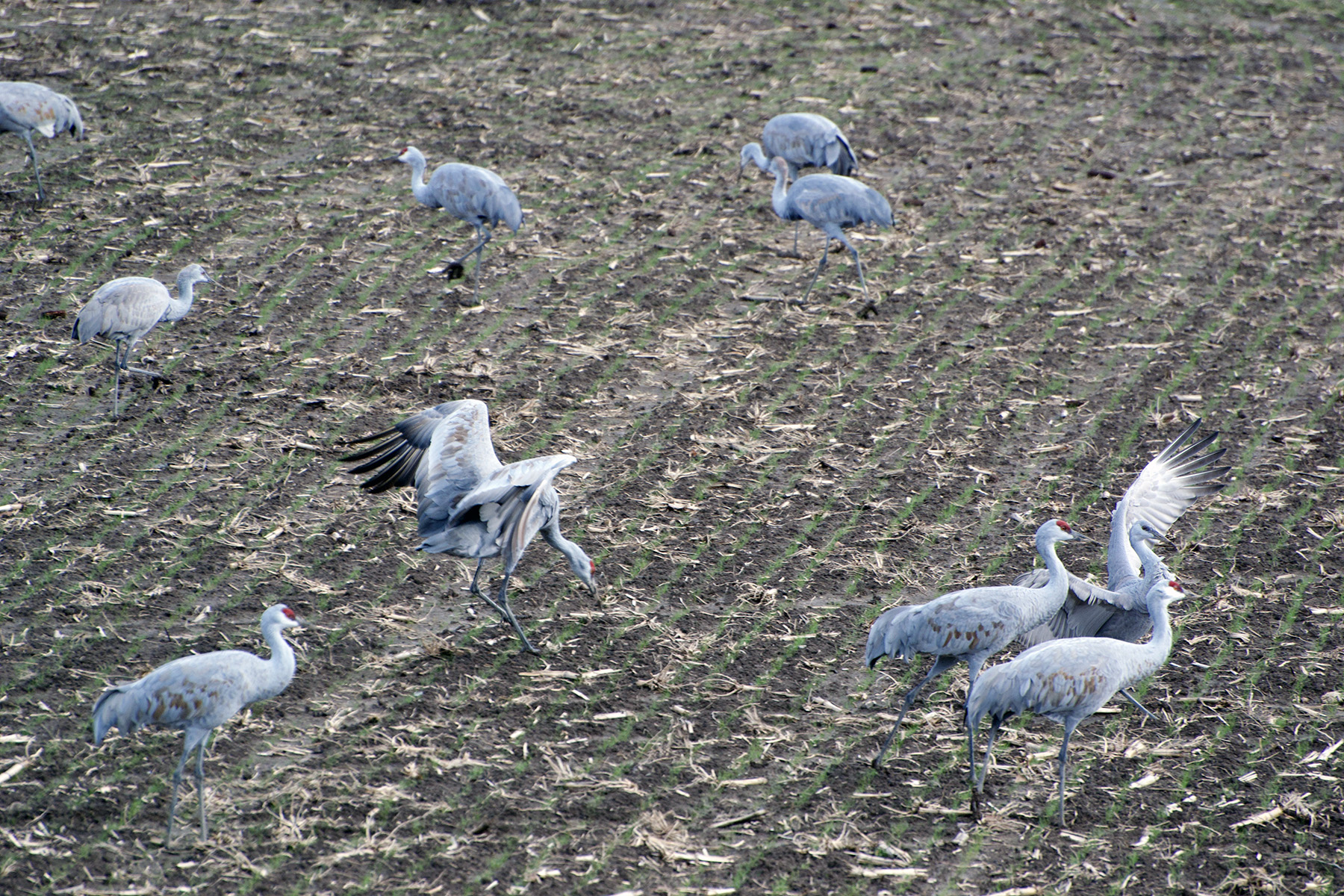
Well, I lived to tell the tale. For a moment, though, I thought I’d succumb to a heart attack. Here I am, early morning in my chair at the window overlooking the pear tree, scrolling though my emails on my iPhone. All of a sudden something like a cannonball approaches, hitting the window right next to my head with a loud enough boom that the dog starts barking at the three-fire-alarm level. Not one, but two sizable birds, one clutching the desperate other, tumble downwards after impact, leaving in their wake a cloud of soft, small, white feathers that drift slowly like snowflakes over the butterfly bushes onto the ground.

All the way down there, the bigger one, a hawk, finishes what he started, hacking the mourning dove to death. High on adrenaline I manage to get a picture on the iPhone, then start yelling at him, if only to prevent the poor dove to be torn to pieces – which I would have to remove bit by bit… Then I run down, hissing at my dog to stay inside, and pick up the poor bird to dispose it where the puppy can’t get to it.


Upon my return, the hawk sits among the leftover feathers, wondering where breakfast went. With me still standing there, just a few meters away, a couple of crows swoop down and start to chase him. That was the end of it.

Except in my head. I could not stop thinking about the symbolism of hawks and doves, of war and peace, of the demise of the latter, no matter how much I tell myself about the necessary ways of food chains in nature. What is a woman to do? Why, distract herself with questions that can be answered, in contrast to the ones about warriors seeming to rule, forever.
Where did the hawks and doves connotation come from? It turns out it was coined, about 200 years ago, by a Congressman in this country, John Randolph.
“In the run-up to the War of 1812, Randolph described those clamoring for military action against Great Britain in the name of American honor and territory as “war hawks.” The term had talons and caught on. He was especially thinking of Henry Clay and John C. Calhoun, members of his own Republican party.“

Of course I had to look up that war as well, and found bitter-sweet convergence to my last blog’s claims about the variability of historical narratives. Historian C.P. Stacey summed it up:
“..the War of 1812 is ‘an episode in history that makes everybody happy, because everybody interprets it differently’. Americans believe they gave their former mother country a good drumming, Canadians pride themselves in turning back ‘the massed might of the United States’, and ‘the English are happiest of all, because they don’t even know it happened’. These competing perspectives are the result of the different functions the Anglo-American conflict served in their respective nations’ historical master narratives.”
“The war provided Americans with a set of symbols, heroes, and legends on which to build their national identity. Aside from giving a boost to American westward expansion and growing political support for a large standing army and a sizable navy, federally sponsored internal improvements, and a national bank, the war also produced symbols of national identity such as ‘The Star-Spangled Banner’ and ‘Uncle Sam.’” (Ref.)

What was it all about? Well, who would have guessed, economic competition and trade disputes at a time when England was busy trying to fight Napoleon, the British blockading sea ports and trying to prevent American westwards expansion, capturing American ships and forcing some 15.000 American soldiers shanghaied at sea into their own military forces. Hailed as a second War of Independence here in the US, it eventually catapulted General Andrew Jackson into the presidency. He was an expansionist who opposed the abolitionist movement and is most infamously known for his pivotal role in signing the Indian Removal Act, which forcibly removed most members of the major tribes of the Southeast to Indian Territory; these removals were subsequently known as the Trail of Tears.

And our friend John Randolph, he of the hawks and doves? Not really our friend, even though he did oppose the war of 1812. He was pro-slavery with a passion, with ardent speeches during his many years in congress. In 1825, he talked for several days in opposition to a series of measures proposed by President John Quincy Adams; Randolph argued these measures would give advantage to the emerging industrial powers of New England at the expense of the Southern states. This series of speeches was the first Senate filibuster. I repeat, not our friend.

Makes me grieve the dove, the doves, all over again.
But, of course, life goes on.

Meanwhile, in the old countries, Russia was fighting off the French, and this 1812 Overture is the eternal reminder….

